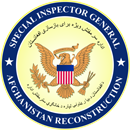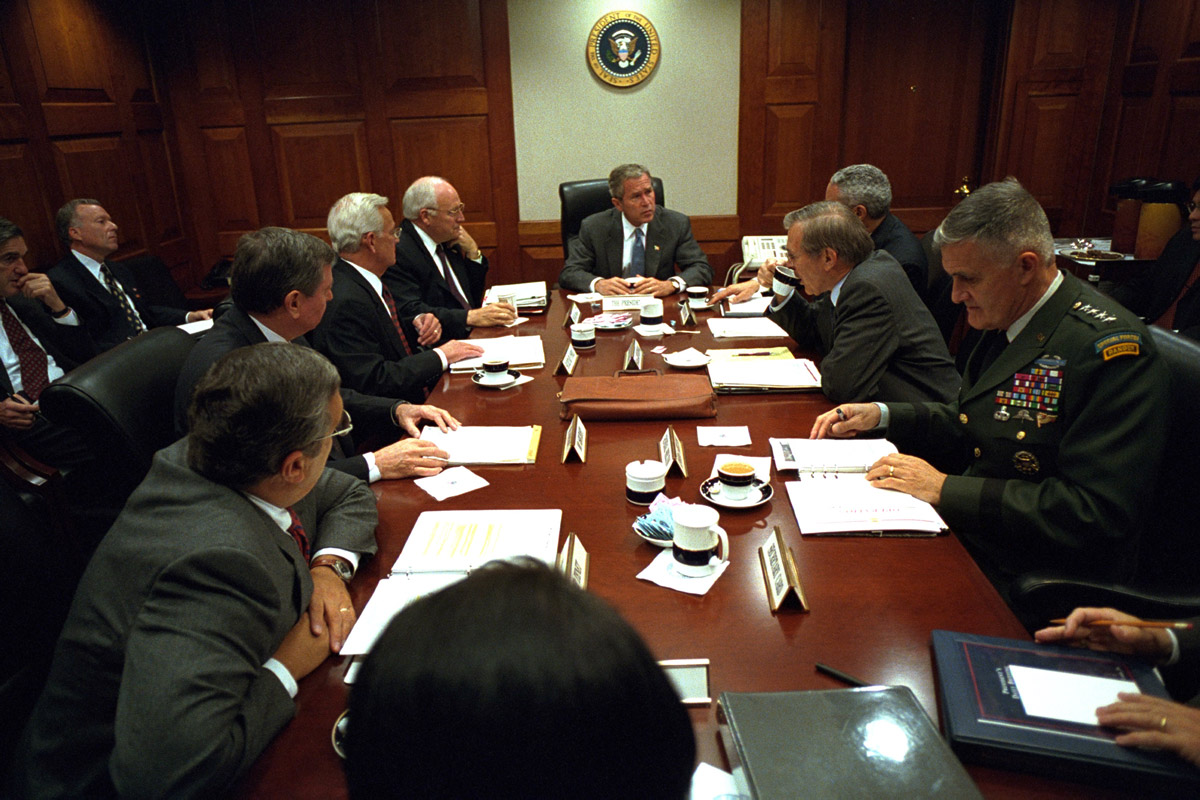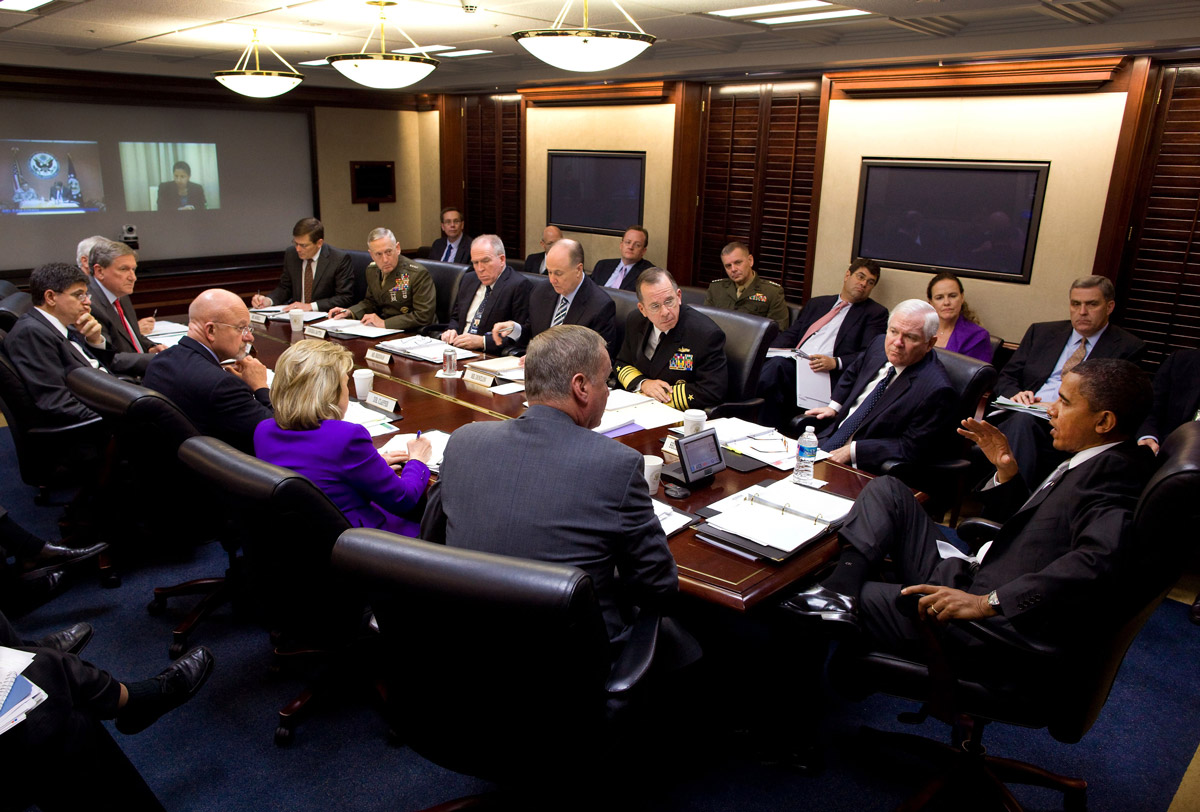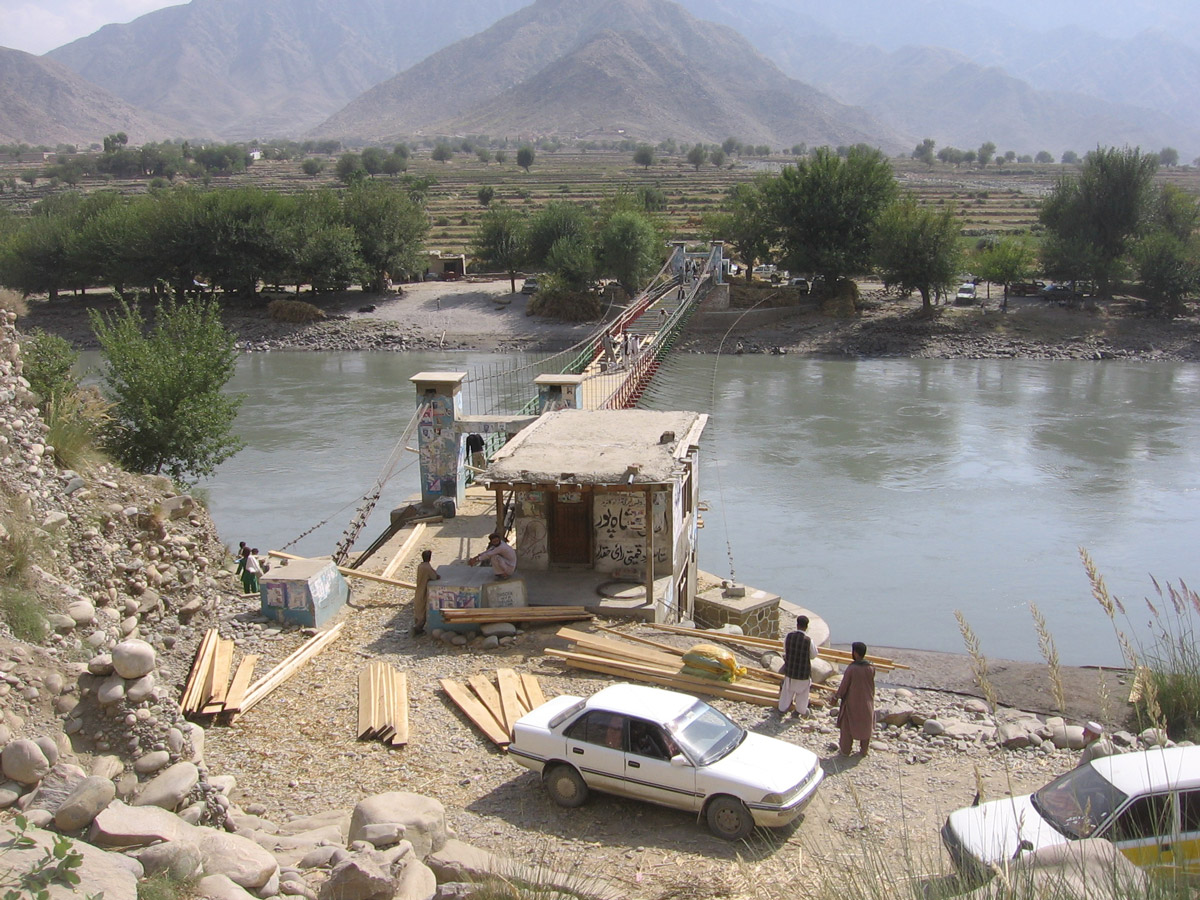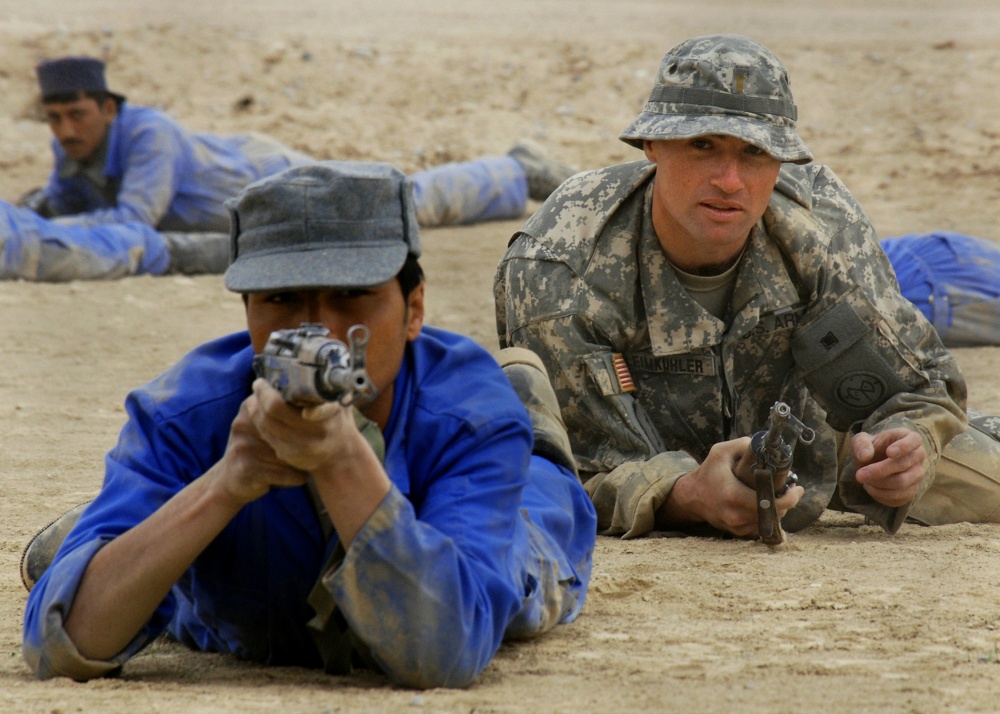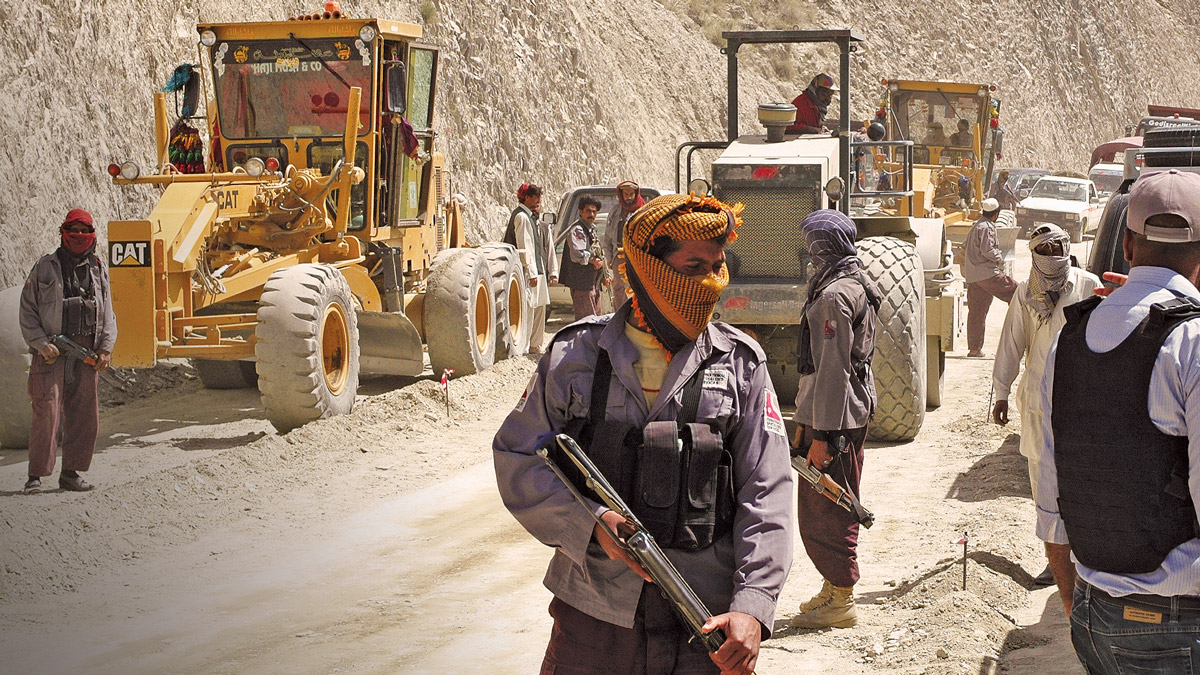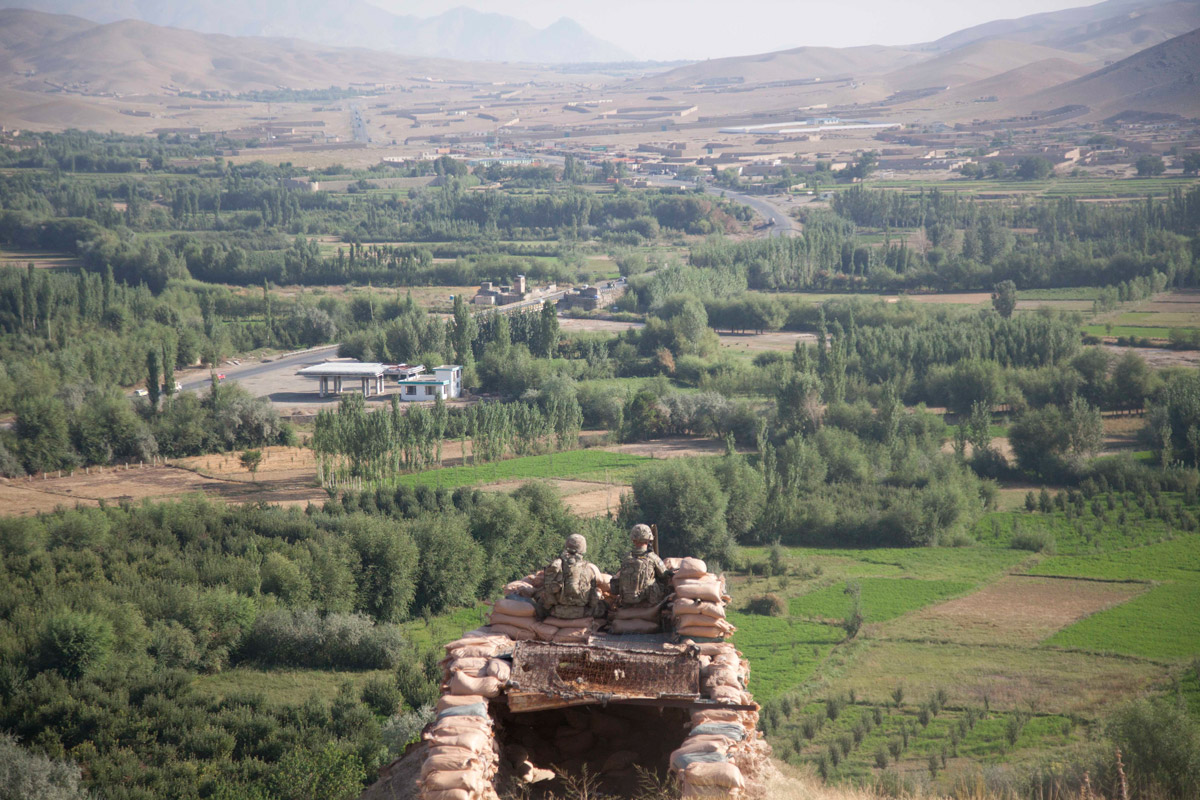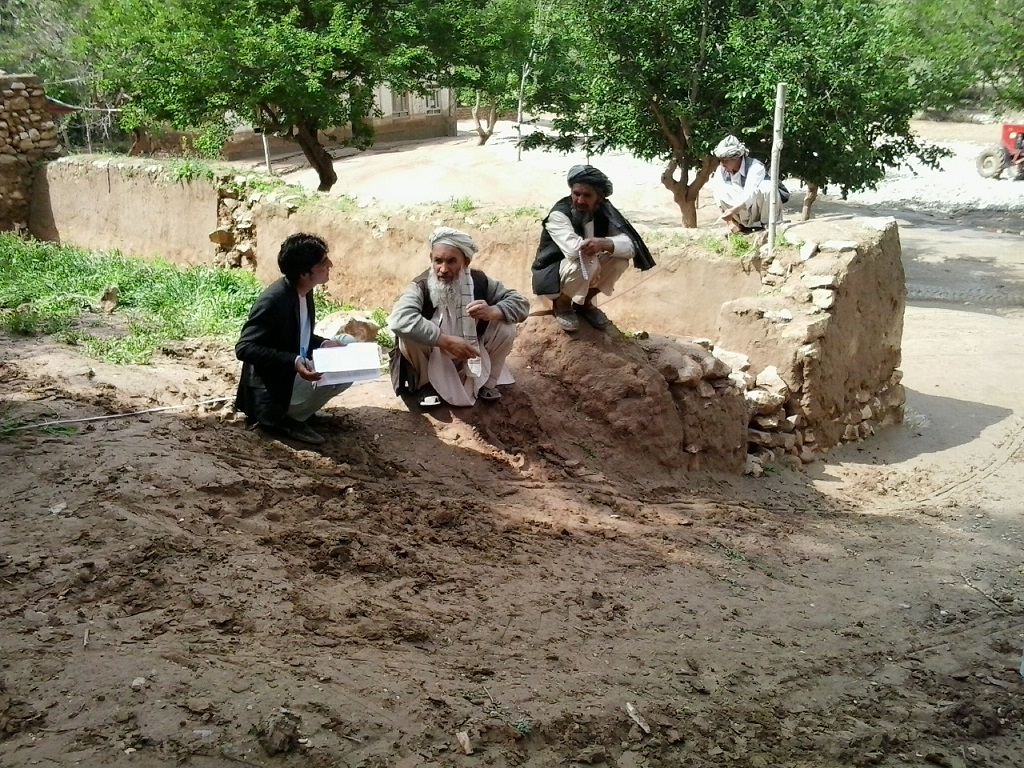In conclusion, this report raises critical questions about the U.S. government’s ability to carry out reconstruction efforts on the scale seen in Afghanistan. As an inspector general’s office charged with overseeing reconstruction spending in Afghanistan, SIGAR’s approach has generally been technical; we identify specific problems and offer specific solutions. However, after 13 years of oversight, the cumulative list of systemic challenges SIGAR and other oversight bodies have identified is staggering. As former National Security Advisor Stephen Hadley told SIGAR, “We just don’t have a post-conflict stabilization model that works. Every time we have one of these things, it is a pick-up game. I don’t have confidence that if we did it again, we would do any better.”
This was equally apparent after the Vietnam War, when a war-weary and divided country had little appetite to engage in another similar conflict. After Vietnam, for example, the U.S. Army disbanded most active duty civil affairs units and reduced the number of foreign area officers, the Army’s “regionally focused experts in political-military operations.” Special Forces moved away from counterinsurgency and instead focused on conducting small-scale operations in support of conventional forces. And USAID’s global staff was gradually cut by 83 percent.
In other words, according to former Vice Chief of Staff of the Army General Jack Keane, “After the Vietnam War, we purged ourselves of everything that had to do with irregular warfare or insurgency, because it had to do with how we lost that war. In hindsight, that was a bad decision.” After all, declining to prepare after Vietnam did not prevent the wars in Iraq and Afghanistan; instead, it ensured they would become quagmires.
Rather than motivating the U.S. government to improve, the difficulty of these missions may instead encourage U.S. officials to move on and prepare for something new. According to Robert Gates, former secretary of defense from 2006–2011:
“I have noticed too much of a tendency towards what might be called ‘Next-War-itis,’ the propensity of much of the defense establishment to be in favor of what might be needed in a future conflict. . . . Overall, the kinds of capabilities we will most likely need in the years ahead will often resemble the kinds of capabilities we need today.”
The post-Afghanistan experience may be no different. As this report shows, there are multiple reasons to develop these capabilities and prepare for reconstruction missions in conflict-affected countries:
- They are very expensive. For example, all war-related costs for U.S. efforts in Afghanistan, Iraq, and Pakistan over the last two decades are estimated to be $6.4 trillion.
- They usually go poorly.
- Widespread recognition that they go poorly has not prevented U.S. officials from pursuing them.
- Rebuilding countries mired in conflict is actually a continuous U.S. government endeavor, reflected by efforts in the Balkans and Haiti and smaller efforts currently underway in Mali, Burkina Faso, Somalia, Yemen, Ukraine, and elsewhere.
- Large reconstruction campaigns usually start small, so it would not be hard for the U.S. government to slip down this slope again somewhere else and for the outcome to be similar to that of Afghanistan.
Nevertheless, after the last two decades in Afghanistan and Iraq, State, USAID, and DOD have all signaled they do not see large-scale missions as likely in the future. The Stabilization Assistance Review approved by all three agencies in 2018 noted, “There is no appetite to repeat large-scale reconstruction efforts, and therefore our engagements must be more measured in scope and adaptable in execution.” Just as after Vietnam, today U.S. policymakers and the public they serve may have sound reasons for avoiding another prolonged conflict and reconstruction mission. However, that does not mean such an endeavor is avoidable in the future.
As SIGAR’s Stabilization report notes, “there will likely be times in the future when insurgent control or influence over a particular area or population is deemed an imminent threat to U.S. interests.” If the U.S. government does not prepare for that likelihood, it may once again try to build the necessary knowledge and capacity on the fly. As seen in Afghanistan and Iraq, doing so has proven difficult, costly, and prone to avoidable mistakes.
As former U.S. Ambassador to Afghanistan Ryan Crocker observed, “You have to start working on it before you need it.” One former senior DOD official likewise noted that rebuilding another country requires advanced skills that must be cultivated ahead of time. “You wouldn’t invent how to do infantry operations [or] artillery at the start of a war. You need [to already have] the science behind [reconstruction] and people who think about it 24/7.”
Building on SIGAR’s body of work, as well as the work of inspector general offices across the government, this report points to conceptual, administrative, and logistical work that should be done between large-scale reconstruction efforts to increase the U.S. government’s chances of success in future campaigns.
The nature and range of the investment necessary to properly prepare for these campaigns is an open question. In previous lessons learned reports, SIGAR has made recommendations for existing U.S. government offices to create a database of qualified personnel to call up when necessary, build interagency doctrine for security sector assistance, and establish anti-corruption offices within key agencies. As former U.S. envoy to Afghanistan James Dobbins observed, properly preparing “doesn’t mean that you have to have a standing capability to immediately train [an entire army], but you need to have the know-how and an ability to surge those kinds of resources.” Others have argued that such an ability requires a permanent office with the authority and funding to prepare for, plan, execute, and evaluate all reconstruction missions.
U.S. agencies should continue to explore how they can ensure they have the strategic planning capabilities, reconstruction doctrine, policies, best practices, standard operating procedures, institutional knowledge, and personnel structures necessary for both large and small reconstruction missions.
